Disclosure: This article contains affiliate links. We may earn a commission from purchases at no extra cost to you, which helps our travel content.
Standing on a terraced hillside overlooking the serpentine Douro River, I couldn't help but geek out. This UNESCO World Heritage landscape isn't just breathtakingly beautiful – it's essentially a living laboratory of viticulture that's been running experiments for over 2,000 years. As someone who traded environmental science for science communication (with a healthy side of wine appreciation), I've found the Douro Valley to be the perfect intersection of my passions: the chemistry of winemaking, the geology that creates those distinctive terroirs, and the cultural practices that have shaped this landscape into the world's oldest demarcated wine region.
Understanding Douro's Viticultural Magic
Let's get nerdy for a moment, because understanding what makes Douro wines special enhances every sip. The region sits on schist – a metamorphic rock that fractures vertically, forcing vine roots to dig deep (sometimes 20+ meters!) for water and nutrients. This stress actually improves grape quality through a fascinating botanical response mechanism.
The valley's microclimate is equally crucial – protected by mountains from Atlantic moisture, summers are scorching (I recorded 42°C/107°F last August) while winters bring needed rainfall. This extreme environment concentrates flavors in ways that would make any plant biologist swoon.
During my visit to Quinta do Bomfim, their viticulturist explained how they're adapting to climate change through canopy management techniques and experimenting with drought-resistant rootstocks. The science happening in these vineyards rivals what I've seen in formal research institutions – just with better views and tastier results.
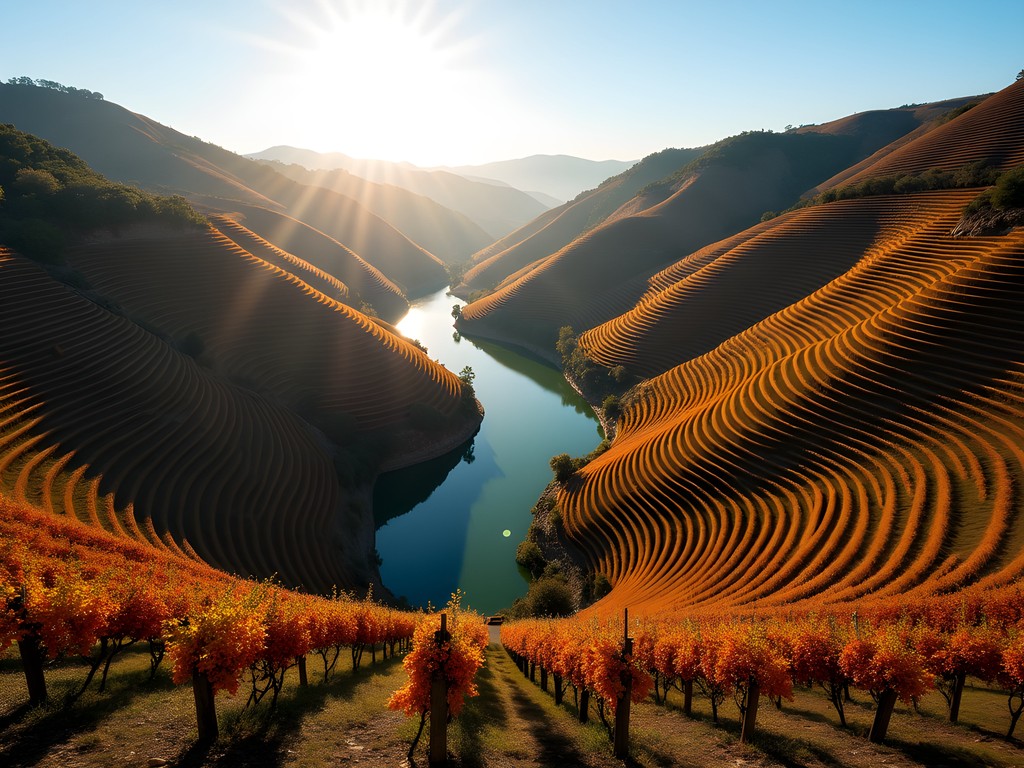
💡 Pro Tips
- Visit vineyards at different elevations to taste how altitude affects wine profiles
- Ask about the varieties in field blends – some quintas grow up to 30 different grape varieties in a single vineyard
- Bring a soil testing kit if you're a fellow science nerd – most vintners are happy to let you compare soil samples
Crafting Your Douro Valley Wine Route
After three visits to the region, I've developed a science-backed strategy for optimal wine tasting (yes, there's actual research on palate fatigue and sensory perception). The valley divides into three sub-regions – Baixo Corgo, Cima Corgo, and Douro Superior – each with distinct characteristics worth exploring.
Start in Peso da Régua (locals just call it Régua), the valley's commercial hub. The interactive exhibits at the Douro Museum provide excellent context on the region's viticultural history and production methods. From there, I recommend heading east toward Pinhão, the heart of wine country, where the highest concentration of prestigious quintas (wine estates) awaits.
To navigate between wineries, you have options. Trains connect major towns along the river, but for maximum flexibility, I recommend renting a car – just be prepared for narrow, winding roads that demand focus (and a designated driver). Alternatively, river cruises offer a relaxed perspective, though they limit which quintas you can visit.
I tracked my tasting journey with a wine journal which helped me remember the subtle differences between all those Portuguese grape varieties that were new to my palate. For navigation, the cellular coverage can be spotty in the valley's remote sections, so I relied on my offline maps app which proved invaluable when Google Maps failed me on those hillside backroads.
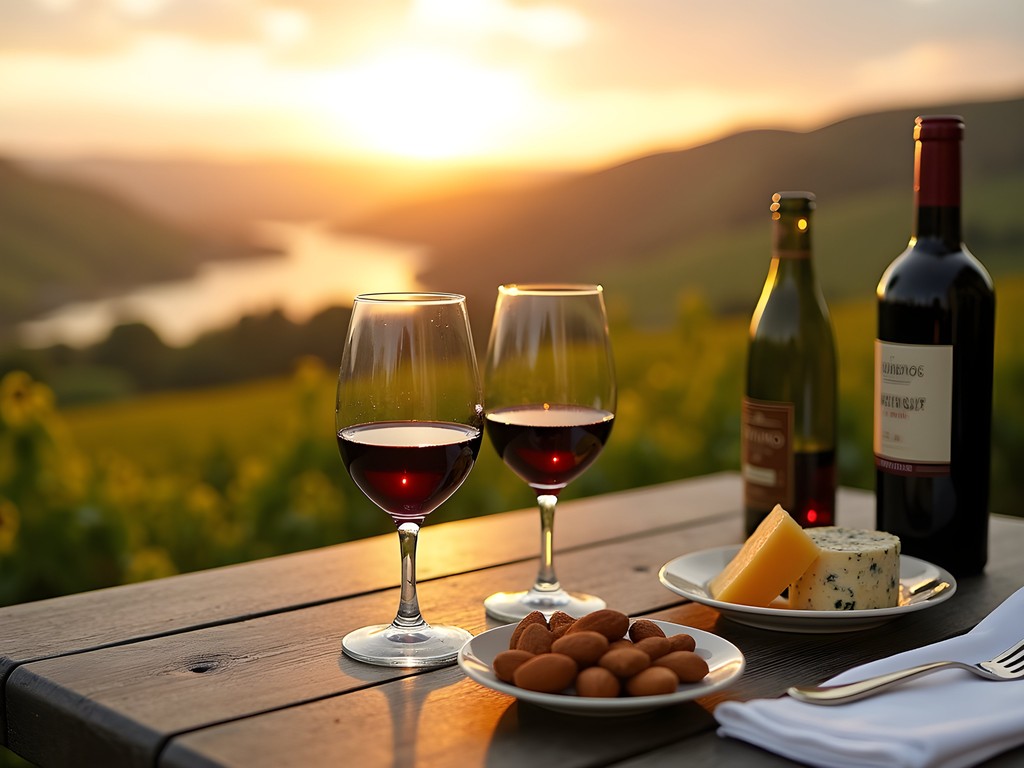
💡 Pro Tips
- Book quinta visits in advance – many require reservations
- Limit yourself to 3 quintas per day to avoid palate fatigue and appreciate each experience
- Consider staying in Pinhão as your base – it's centrally located with stunning river views
Must-Visit Quintas: From Traditional to Innovative
The Douro Valley houses over 100 quintas, but these selections offer a spectrum of experiences from traditional to cutting-edge:
Quinta do Crasto: Beyond their exceptional wines, their infinity pool overlooking the valley is Instagram gold. Their sustainability initiatives impressed my environmental science background – they're implementing water conservation systems and organic farming practices while maintaining traditional methods.
Quinta do Vallado: One of the oldest (established 1716) yet most innovative estates. Their winery tour delves into how they balance tradition with modern technology. Their wine-making facility is an architectural marvel of sustainability – built partially underground to maintain natural temperature control.
Quinta do Pôpa: A smaller, family-run operation offering a more intimate experience. They let me participate in grape stomping during harvest season – a fascinating exercise in traditional biochemistry! The anthocyanins that stained my feet purple are the same compounds that give red wine its color and antioxidant properties.
Quinta Nova Nossa Senhora do Carmo: This 18th-century estate offers the complete package – exceptional wines, an excellent restaurant, and boutique accommodations. Their vineyard hiking trails provide a perfect opportunity to work off lunch while learning about their sustainable viticulture practices.
Most tastings range from €15-30, with premium experiences reaching €50-100. For comfort during long days of vineyard visits, I swear by my cooling neck gaiter which was a lifesaver during those scorching Douro afternoons.
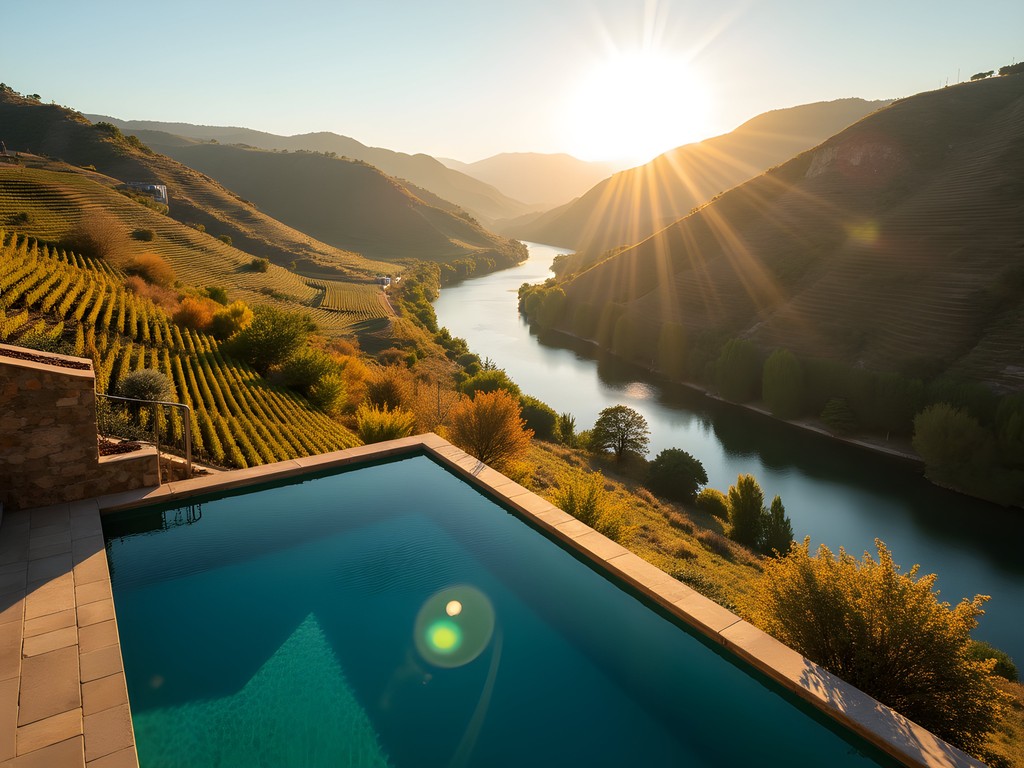
💡 Pro Tips
- Ask about vertical tastings (same wine, different years) to understand how climate affects vintages
- Look for quintas offering food pairings – Portuguese cheeses and charcuterie enhance wine appreciation
- Visit at least one small family-run quinta for personal stories you won't get at larger operations
Beyond Port: Discovering Douro's Wine Diversity
When most people think of the Douro, they think Port wine – that sweet, fortified nectar Portugal is famous for. But limiting yourself to Port in the Douro Valley is like visiting a science museum and only seeing the dinosaur exhibit. There's so much more happening!
The region's table wines (especially reds) have undergone a quality revolution in recent decades. Made primarily from indigenous varieties like Touriga Nacional, Touriga Franca, and Tinta Roriz (Spain's Tempranillo), these wines express the region's terroir in ways Port cannot.
At Quinta do Vale Meão, their winemaker explained how the schist soil's heat retention properties influence ripening patterns and ultimately wine structure. This geological influence creates reds with remarkable minerality and aging potential.
For white wine enthusiasts, seek out Douro whites made from Viosinho, Rabigato, and Gouveio – these indigenous varieties produce wines with surprising acidity and complexity despite the hot climate, thanks to high-altitude vineyards.
To deepen my understanding of Portuguese wine varieties beyond what tours provided, I referenced my wine grape encyclopedia which helped me appreciate the unique characteristics of these indigenous varieties you rarely encounter elsewhere.
For preserving opened bottles between tastings (a necessity when visiting multiple quintas), my wine preservation system proved invaluable, allowing me to revisit and compare wines throughout the week without oxidation.
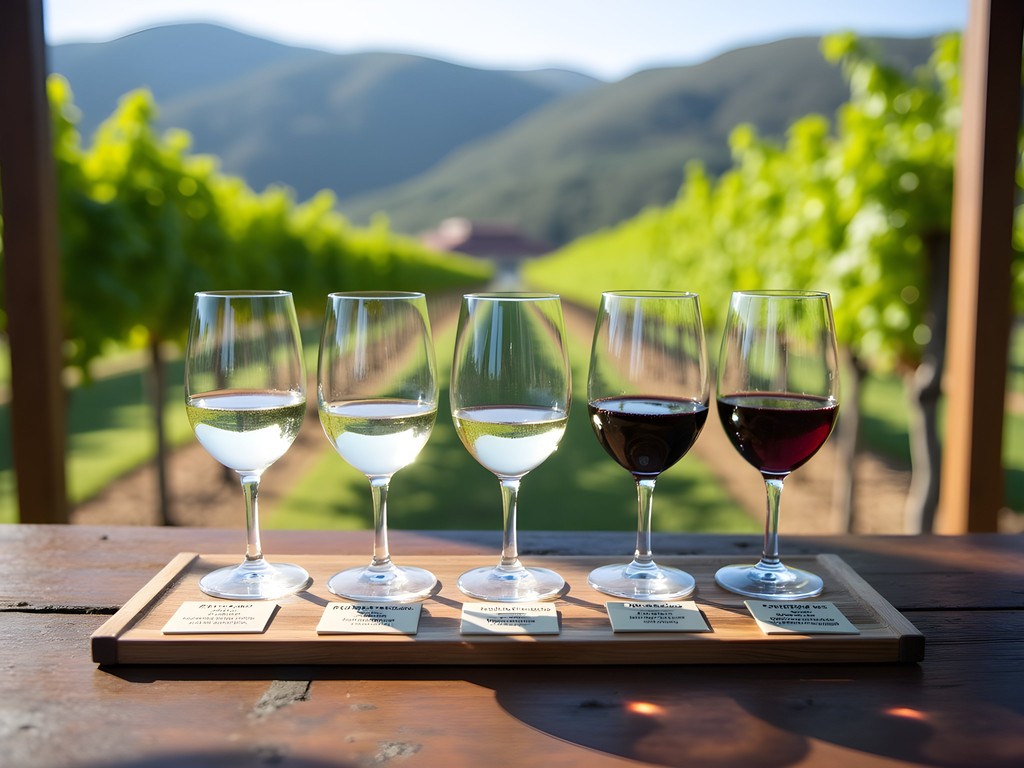
💡 Pro Tips
- Try wines made from the same grapes used in Port but as dry table wines – the flavor profile transformation is fascinating
- Look for wines labeled 'Reserva' or 'Grande Reserva' for the region's premium expressions
- Ask about 'old vine' (vinhas velhas) wines – some Douro vines are over 100 years old, producing intensely concentrated fruit
The Science of Food and Wine Pairing in the Douro
The Douro Valley isn't just about wine – it's about understanding how wine interacts with food on a molecular level. The region's gastronomy has evolved alongside its viticulture, creating perfect symbiotic relationships between local dishes and wines.
In Régua, I attended a fascinating workshop at the DOC restaurant where Chef Rui Paula explained the chemical interactions between food components and wine elements. For example, the high tannins in young Douro reds bind with proteins in traditional dishes like cabrito assado (roasted kid goat), softening both the wine's astringency and the meat's gaminess through actual chemical reactions on your palate.
At Quinta da Pacheca, their wine-pairing lunch demonstrated how the acidity in certain white wines (particularly those from higher altitudes) creates a counterbalance to the richness of olive oil in traditional Portuguese dishes through lipid emulsification – the same principle behind why lemon juice makes rich foods taste lighter.
For the full gastronomic experience, don't miss these regional specialties: - Bacalhau à Lagareiro: Salt cod with olive oil and garlic, perfect with mineral-driven whites - Posta à Mirandesa: Grilled veal that pairs beautifully with robust reds - Queijo da Serra: Sheep's milk cheese that creates magic with aged tawny Port
For picnic supplies between quintas, I recommend stopping at the farmers market in Régua (Fridays) or Pinhão (Saturdays). I kept essentials fresh in my insulated food container which maintained perfect temperature for cheeses and charcuterie during long days of vineyard exploration.

💡 Pro Tips
- Book the Chef's Table experience at DOC Restaurant for the ultimate wine pairing education
- Try the same wine with different foods to experience how flavors transform each other
- Visit during olive harvest (November) to understand the parallel between wine and olive oil production
Final Thoughts
The Douro Valley offers more than just wine tasting – it's an immersion into the fascinating intersection of science, culture, and sensory pleasure. From the schist soils that force vines to struggle (producing more concentrated grapes as a result) to the microclimate variations that create distinctive terroirs, every sip tells a geological and botanical story.
What makes this region truly special is the balance between tradition and innovation. Centuries-old techniques like foot-treading grapes coexist with cutting-edge sustainability practices and climate adaptation strategies. It's a living laboratory where you can witness agricultural heritage evolving in real time.
As I stood on my final evening at Quinta das Carvalhas, watching the sunset paint the terraced hillsides in golden light, I realized that understanding the science behind these wines hadn't diminished their magic – it had enhanced it. Each glass now held not just flavor but stories of human ingenuity, geological fortune, and botanical adaptation.
Whether you're a wine connoisseur, a science enthusiast, or simply someone who appreciates cultural landscapes, the Douro Valley rewards curious travelers with experiences that engage all senses. Just be prepared – you'll never look at a glass of Portuguese wine the same way again.
✨ Key Takeaways
- Book quinta visits in advance – the best experiences require reservations
- Explore beyond Port wine to discover the region's exceptional table wines
- Balance visits between historic traditional quintas and innovative modern producers
- Consider staying in Pinhão as your central base for exploring the region
- Visit in September/October for harvest activities or November for fewer crowds
📋 Practical Information
Best Time to Visit
September-November (fall harvest season)
Budget Estimate
€100-200 per day including accommodations, meals, and tastings
Recommended Duration
5-7 days
Difficulty Level
Easy To Moderate (Driving On Winding Roads Requires Confidence)

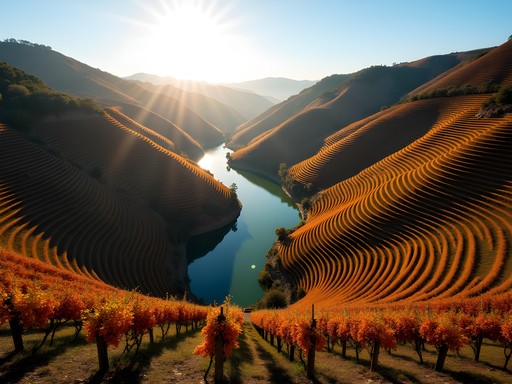
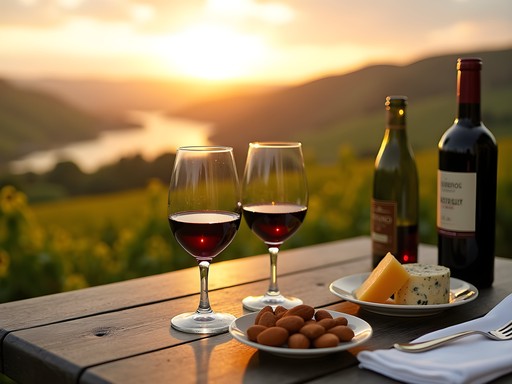
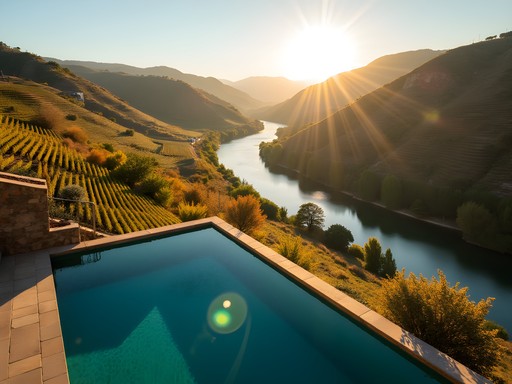
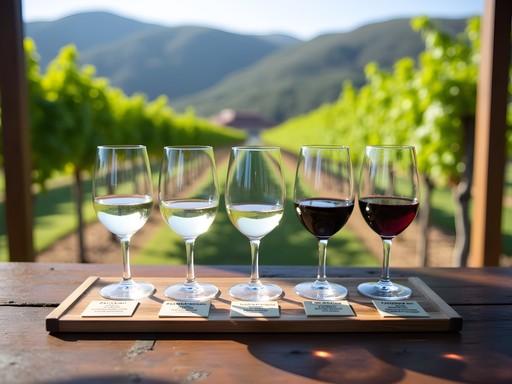
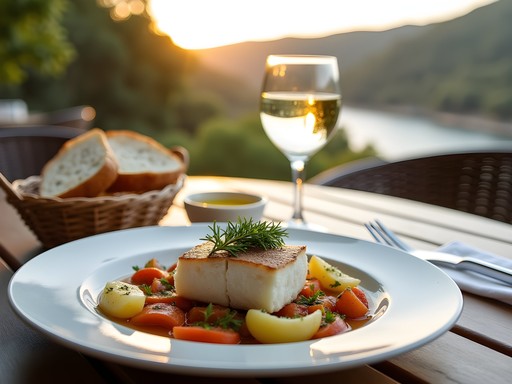


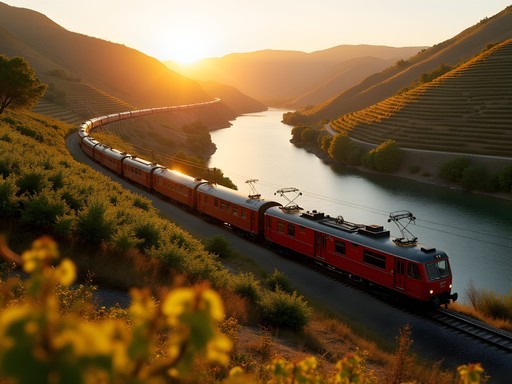




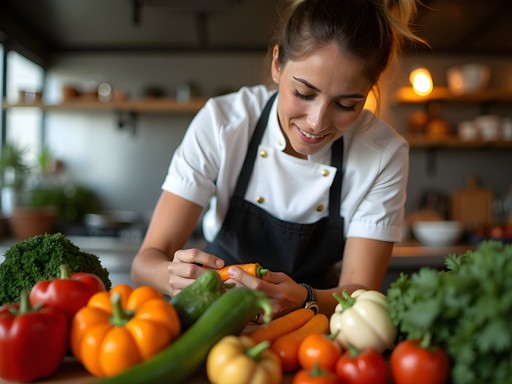
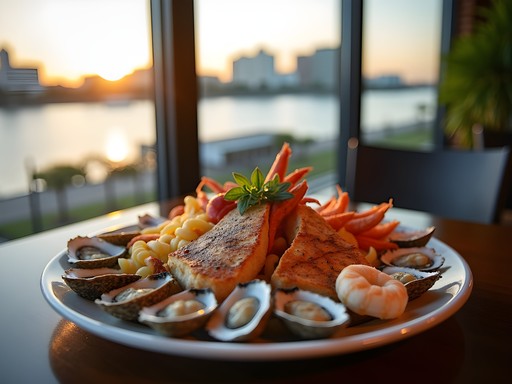
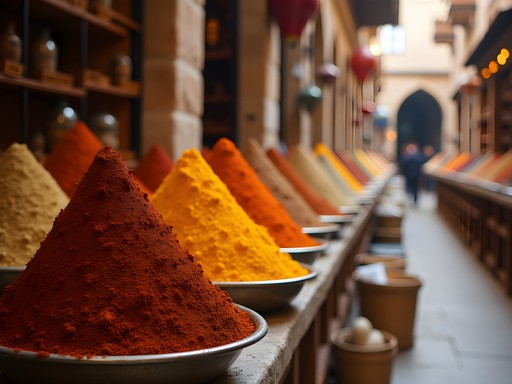
Comments
Frank Garcia
Great breakdown of the Douro Valley wine scene! I'd add that visiting during harvest season (September-October) gives you a whole different experience - some quintas let visitors participate in grape stomping if you're lucky. I did this at Quinta do Pôpa and it was brilliant. Also worth mentioning that the microclimate makes for some serious heat in summer - I used my pocket guide to find some swimming spots along the river to cool off between tastings. The boat tours are another fantastic way to see the valley from a different perspective.
sunsetbuddy
Ooh, grape stomping sounds fun! Is September too busy with tourists? Trying to figure out the best time to go.
Frank Garcia
September gets busy but not as bad as August. Early October is probably the sweet spot - still harvest time but fewer crowds. The weather's perfect too!
mountainway
Just got back from Douro Valley last month and this post is spot on! We did the public transportation option you mentioned and while it took some planning, it was totally worth it. The train ride along the river is stunning. We visited Quinta do Vallado and Quinta Nova - both had incredible wine and views. Pro tip for anyone going: make reservations for tastings at least a week in advance during high season. Some places were fully booked when we tried to just show up.
Frank Garcia
Good point about the reservations! I backpacked through Portugal last year and missed out on a couple quintas because I didn't book ahead. Did you try any of the table wines or just focus on port?
mountainway
We tried everything! The table wines were a revelation - especially the whites which I wasn't expecting. Much more complex than I thought they'd be.
sunsetbuddy
Those terraced vineyards look incredible! Adding this to my bucket list right now. Did you have a favorite quinta?
Caleb Daniels
Thanks! Quinta do Bomfim was my personal favorite - amazing views and their tour guide was incredibly knowledgeable about the winemaking process.
sunsetbuddy
Awesome, writing that down! Can't wait to try their port wines.
Taylor Moreau
Excellent write-up, Caleb! Having visited Douro Valley annually for the past decade (occupational hazard as a travel writer), I'd add Quinta do Vallado to your list of must-visits. Their historical tour provides fascinating context about the region's evolution. One thing I've learned over the years is to allocate at least 3 days if possible. Many visitors try to do it as a day trip from Porto, but that barely scratches the surface. Staying at a quinta overnight offers a completely different perspective when you see the morning mist over the valley. For those interested in the technical aspects of winemaking, Quinta Nova offers an excellent 'winemaker for a day' program during certain seasons. Worth checking their schedule!
hikingdiver
That 'winemaker for a day' program sounds amazing! Adding it to my list. How far in advance would you recommend booking something like that?
Taylor Moreau
For specialized programs like that, I'd suggest 2-3 months minimum, especially if your travel dates aren't flexible. They typically run it during harvest season (September-October) when the valley is at its most vibrant.
hikingdiver
Planning a trip there next spring. Did you find it easy to get around without a car? Wondering if I should rent one or rely on tours.
Taylor Moreau
Not the author, but I can tell you from experience that having a car gives you much more flexibility. However, the roads are quite winding and narrow in places. If you're not comfortable with that, there are excellent small-group tours from Porto. I used wine tour on my last visit and was very impressed.
hikingdiver
Thanks for the advice! Might go with a tour then - those winding roads sound a bit intimidating and I'd like to enjoy the wines without worrying about driving!
islandwanderer
We did the train from Porto to Pinhão which was absolutely gorgeous along the river! Then used local taxis between quintas. Worked perfectly and was part of the adventure.
islandwanderer
Just got back from Douro Valley last month and this post brought back all the memories! We visited Quinta do Bomfim and Quinta do Crasto - both incredible experiences. The terraced vineyards are even more stunning in person than in photos. One tip: if you're going during harvest season (September), book everything WAY in advance. We almost missed out because everything was full!
Taylor Moreau
Great point about booking ahead during harvest season. I've found that even in shoulder seasons, the more renowned quintas can fill up quickly. Did you try the table wines at Crasto? Their Douro DOC reds were a revelation for me.
islandwanderer
Yes! Their Reserva Old Vines was amazing - completely changed my perception of Portuguese wines beyond Port. We brought two bottles home!
Riley Griffin
Caleb, your post brought back so many memories! We took our teenagers to Portugal last summer and spent 3 days in Douro Valley. They weren't thrilled about a "wine trip" initially, but ended up loving it. The river cruise was a huge hit, and Quinta Nova's picnic with that panoramic view completely won them over. My husband became obsessed with finding the perfect Tawny Port to bring home! We stayed at a small guesthouse in Pinhão where the owner made us traditional Portuguese breakfast every morning - those pastéis de nata were life-changing. If anyone's traveling with teens or young adults who might not be into wine, the scenery alone is worth the trip, plus many quintas offer grape juice tastings for non-drinkers.
mountaingal
That sounds amazing! Did you find 3 days was enough time there?
Riley Griffin
3 days was good for a taste of the region, but we honestly could have used one more day. We didn't get to explore much beyond the river valley itself. Next time we'll add a day to visit some of the higher elevation vineyards Caleb mentioned!
sunsetadventurer
OMG THANK YOU FOR THIS POST!!! 🍷🍷🍷 Planning our honeymoon for next summer and just convinced my fiancé we NEED to include Douro Valley! Those terraced vineyards look INCREDIBLE! Can't wait to try all the different port styles - I've only ever had the basic ruby port before. So excited!!!!!
Caleb Daniels
It'll be an amazing honeymoon spot! Make sure to try the tawny ports - they're aged longer and have these beautiful caramel and nutty notes. Perfect for sunset sipping!
smartrider
Great post! What month would you say is best to visit? Thinking about either September for harvest or maybe May for fewer crowds?
Caleb Daniels
Both are excellent choices for different reasons! September gives you the harvest experience (some quintas even let visitors participate in grape stomping), but it's peak season so book accommodations well in advance. May has gorgeous green landscapes, fewer crowds, and pleasant temperatures. If you're flexible, early October is my personal sweet spot - still harvest season at some quintas but slightly less crowded.
smartrider
Early October sounds perfect - thanks for the insider tip!
travelqueen
Caleb, in your section about 'Beyond Port' you mention Douro reds - which ones would you recommend for someone who usually drinks Californian Cabernets? Planning my first Portugal trip and feeling a bit overwhelmed by all the unfamiliar grape varieties!
Venture X
Premium card with 2X miles, $300 travel credit, Priority Pass